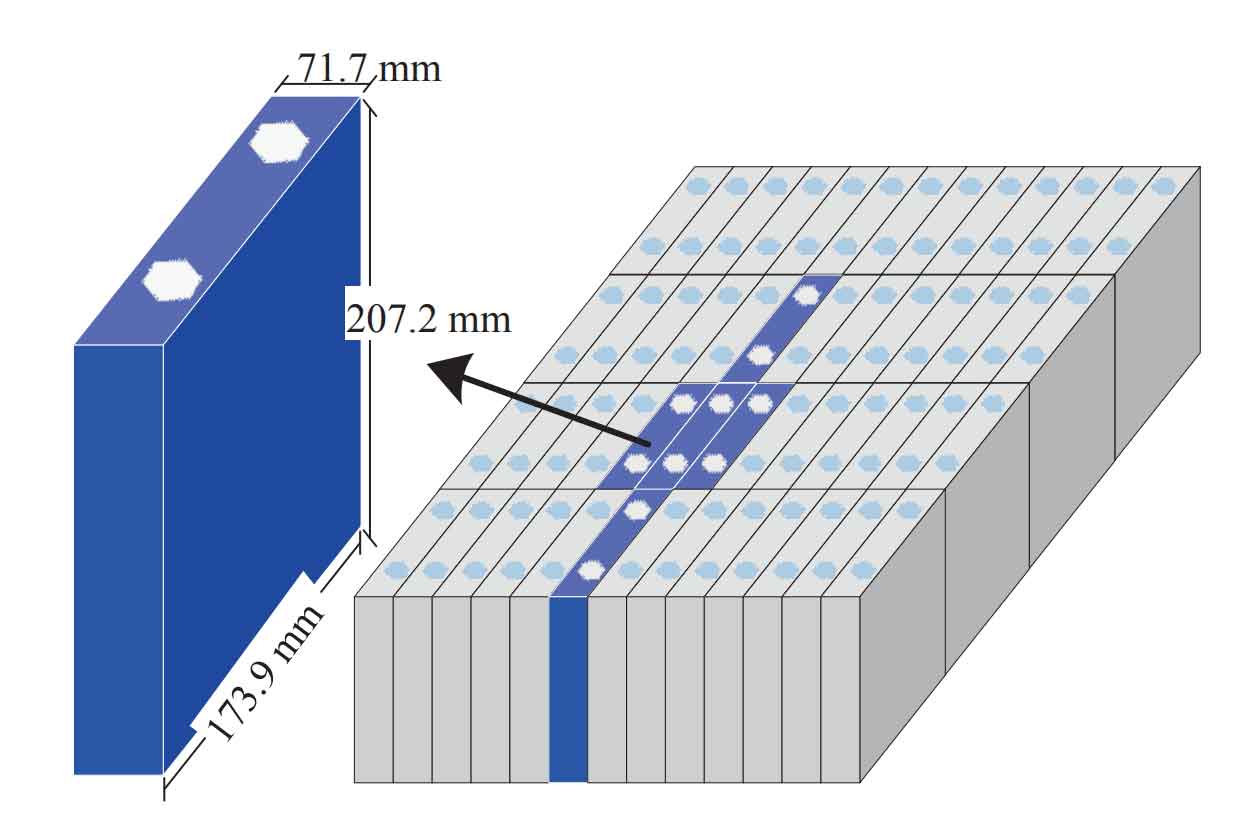Abstract: This article comprehensively analyzes the patent technology status of lithium-iron batteries (LiFePO4 batteries). It examines global patent distribution, application time trends, major applicant profiles, legal status of patent applications, and typical patent applications. The study reveals China’s leading role in research and development, with a significant number of patents and a strong presence of Chinese enterprises in the field. The article also discusses the technological advancements and challenges associated with LiFePO4 batteries, providing insights into the industry’s development and future directions.

1. Introduction
Lithium-iron phosphate (LiFePO4) batteries have emerged as a prominent technology in the field of energy storage, particularly for applications in electric vehicles. With their unique electrochemical properties, such as a stable olivine structure, high theoretical specific capacity (170 mA·h/g), and excellent thermal stability and safety, LiFePO4 batteries have gained widespread attention. This article aims to provide a detailed analysis of the patent technology landscape surrounding these batteries.
2. Research Methodology
The research involved the use of CNABS Chinese abstract database and DWPI foreign abstract database for patent literature retrieval. Core patent analysis was conducted using the incoPat database, followed by manual screening and indexing. The patent literature analyzed was published before October 2023.
3. Global Patent Analysis
3.1 Patent Application by Country
| Country | Application Quantity | Proportion (%) |
|---|---|---|
| China | 2742 | 80.25 |
| United States | 312 | 9.33 |
| European Union | 149 | 4.45 |
| Japan | 106 | 3.16 |
| South Korea | 94 | 2.81 |
China has a dominant position in terms of patent applications, far exceeding the combined total of other countries. This indicates China’s significant investment and research efforts in the development of LiFePO4 batteries.
3.2 Application Time Distribution
| Time Period | Trend |
|---|---|
| 2005 – 2013 | Increasing |
| 2013 – 2017 | Peaked after a brief decline |
| 2017 – present | Some decline, with recent data for 2022 – 2023 for reference only |
The increase in patent applications from 2005 to 2013 reflects the growing interest in LiFePO4 batteries. The subsequent decline may be attributed to the competition from ternary lithium batteries in terms of energy density and low-temperature performance.
4. Major Applicants
Among the top 10 patent applicants, 7 are Chinese enterprises. Some of the major players include:
| Company | Country |
|---|---|
| BYD | China |
| VoltCoffer | China |
| GuoXuan | China |
These companies are not only significant patent holders but also major suppliers of electric vehicle power batteries, indicating their strong position in the industry.
5. Patent Application Legal Status
| Legal Status | Proportion (%) |
|---|---|
| Effective | 47 |
| Invalid | 29 |
| Under Review | 24 |
Approximately half of the patents are in an effective state, suggesting a relatively high rate of successful authorization. This has the potential to drive further innovation and commercialization in the industry.
6. Typical Patent Applications
6.1 US2003124423A1
- Applicant: TOYOTA CHUO KENKYUSHO KK
- Technology: The first patent application for using LiFePO4 batteries in electric vehicles. It discloses a lithium-ion battery composed of a positive electrode, a negative electrode, and an electrolyte. The positive electrode contains an olivine-structured lithium-iron composite phosphorus oxide with a basic composition of LiFePO4, and the negative electrode is formed by combining a negative electrode raw material mixture containing a negative electrode active substance (such as a lithium-vanadium composite oxide). The electrolyte contains an aqueous solution of a lithium salt (such as a lithium nitrate aqueous solution).
6.2 CN101800310A
- Applicant: Institute of Nano-tech and Nano-bionics, Chinese Academy of Sciences
- Technology: A method for preparing a lithium-ion battery positive electrode material doped with graphene. The method involves preparing graphene, graphene oxide, and intercalated graphene, followed by preparing LiFePO4 nanoparticles using iron salts, reducing agents, lithium salts, and phosphoric acid. Finally, the graphene materials are incorporated into the LiFePO4 nanoparticles to obtain a lithium-ion battery positive electrode material with high electron conductivity, simple processing, low cost, high capacity, and safety.
6.3 CN110429277A
- Applicant: Hefei Guoxuan High-Tech Power Energy Co., Ltd.
- Technology: A method for preparing a high-pressure-compacted and high-rate-performance LiFePO4 positive electrode material. Using layered mesoporous graphitic carbon nitride powder (g – C3N4) as a layered template and PVP for dispersion, the material is prepared through a series of processes such as coating on the surface of iron phosphate particles, controlling particle size, and sintering. The resulting LiFePO4 positive electrode material has improved compaction and charge-discharge rate performance. This method allows for better control over the material’s microstructure, which in turn enhances its electrochemical properties. By using g – C3N4 as a template, the LiFePO4 particles can grow in a more ordered manner, leading to a more uniform and dense structure. The PVP helps to disperse the components evenly, preventing agglomeration and ensuring a consistent quality of the final product. This technology represents an important advancement in the field of LiFePO4 battery electrode material preparation, as it addresses some of the key limitations of traditional methods, such as poor compaction and limited rate performance. It offers a potential solution for improving the overall performance of LiFePO4 batteries, making them more suitable for applications that require high power and energy density, such as electric vehicles and energy storage systems.
